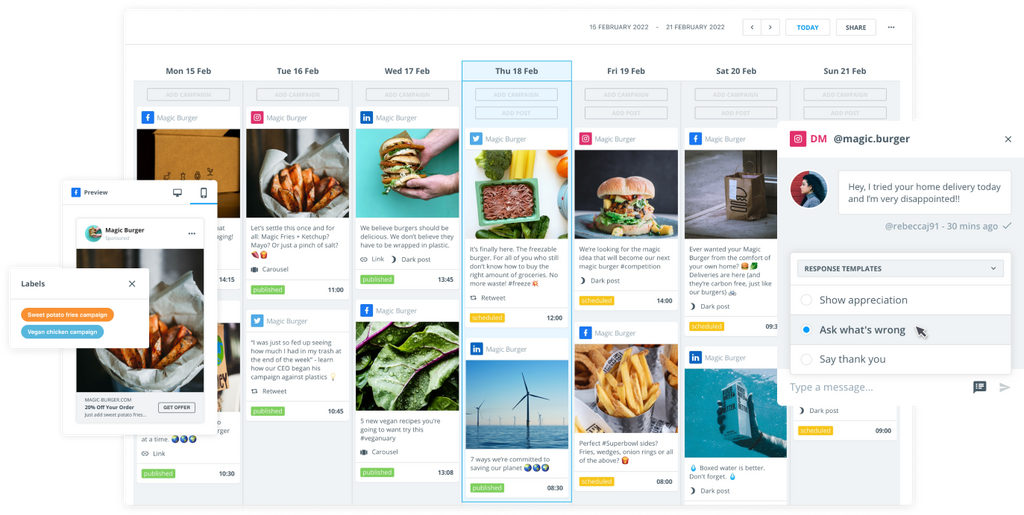12 Best Social Media Scheduling Tools for Streamlined Content Management
By BrandwatchOct 24
Join us as we explore how social media, AI, and other emerging technologies are driving the future media trends.
Published March 8th 2022
Find out the advantages and disadvantages of organic vs paid approach for your social media marketing strategy.
Leverage the industry-leading, all-in-one social media management solution.
Existing customer?Log in to access your existing Falcon products and data via the login menu on the top right of the page.New customer?You'll find the former Falcon products under 'Social Media Management' if you go to 'Our Suite' in the navigation.
Brandwatch acquired Paladin in March 2022. It's now called Influence, which is part of Brandwatch's Social Media Management solution.Want to access your Paladin account?Use the login menu at the top right corner.
